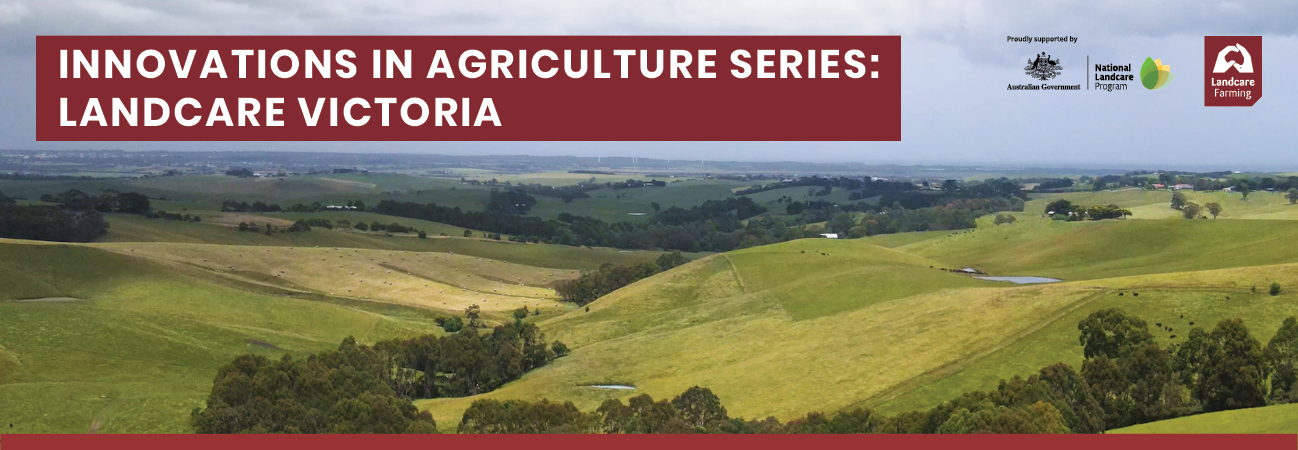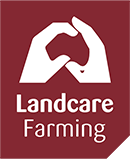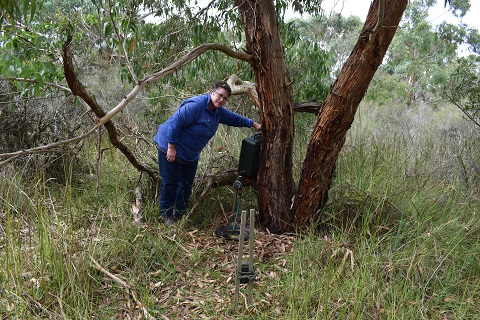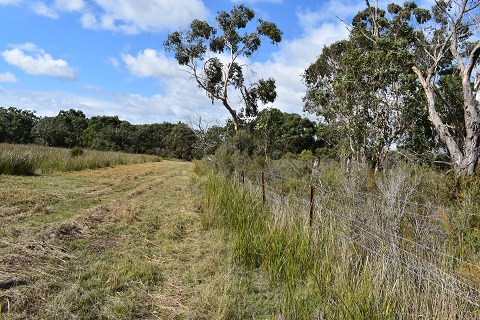
Improving and quantifying on-farm biodiversity creates business benefits
Sheep producers David and Susan Rowbottom have found restoring on farm biodiversity not only improves the environment, it supports increased productivity and profit.
The Rowbottoms have run the Rowensville Stud, farming Merino and White Suffolk sheep, for 47 years in St. Helens, Victoria. They first became aware of the ecological importance of their property in 1976, the same year their purchased their first Merino flock. Following a fire that significantly impacted habitat at the neighbouring St Helens Flora Reserve, their farm became a vital post-fire refuge for native species, including endangered Southern Brown Bandicoots.
“We were upset about the burn, all that was left was black scrub and sticks. All the wildlife and birdlife were gone – there were no signs of life there. We didn’t want that to happen again. That’s what drove us to help preserve that bush. It got us started on growing trees to make our farm better for the sheep and the wildlife in case it happened again,” said David. “Many of the bandicoots survived after the fire because the survivors could live on our farm.”
Since then, Susan and David have worked to improve and protect habitat on their farm by fencing off sections of the property and planting more than 135,000 trees including Yellow Gum (Eucalyptus leucoxylon), Tea Trees (Melaleuca sp.), Bottlebrushes (Callistemon ), and a range of other locally native trees and shrubs. They mixed the species to ensure a long flowering time, complimenting and extending the food supply available for native animals.
This work has allowed them to demonstrate sustainable farming practices and become members of both the SustainaWOOL and Authentico programs. It has also had a positive impact on the prices they receive for their wool, and has led to an increase in the volume of wool produced by their flock due to their sheep being less impacted by cold and heat stress. Genetic improvement through selective breeding has also had a positive impact on their wool production, with the Rowbottoms flock first producing 19.4 micron fleece in 1976, to producing a 9.9 micron fleece in 2016.
“The wool industry likes seeing conservation and sustainability on farms. Buyers like what we are doing,” said David. “And contented sheep grow better wool and more of it. Their wool has less breaks, and it grows faster.”
However, with agricultural stakeholders looking to producers to quantify the improvements they’ve made to on-farm biodiversity, the Rowbottoms turned to Basalt to Bay Landcare Facilitator Lisette Mill for support.
Lisette devised the Pop-Up Puddle (PUP) to monitor wildlife on their property. Consisting of a 25-litre drum, a tap, timer and short piece of hose attached to release water periodically into a vessel on the ground, the vessel is monitored by a remote sensing camera to document each visiting animal.
“The PUP provides daily evidence a farm supports (animal) biodiversity,” said Lisette. “Through frameworks including the Sheep Sustainability Framework and the Australian Beef Sustainability Framework, the livestock industry is signaling that they want farmers to value land management and biodiversity on farms. This is one way that farmers can prove to the markets and consumers of their products that they are looking after things that are native and unique to Australia.”
David and Susan have been using the PUP since 2018, and it has allowed them to track and report on the diversity and seasonality of native species on their property. They have recorded visits from Echidnas, Common Ringtail Possums, Painted Button-quails, Koalas and even non-resident seasonal birds including Olive-backed Orioles, all of which can be used to demonstrate their work as leaders in wool industry sustainability.
The Rowbottom’s focus on biodiversity has created additional benefits to their farm enterprise, in the form of shelterbelts and windbreaks.
Planted and fenced off areas have proved beneficial for reducing stock mortality and improving productivity by protecting the Rowbottom’s flock from the impacts of cold weather after shearing and during the lambing season.
“We have fenced off land to plant trees, yet our stocking rate has not decreased. In fact, we can run more livestock than we used to in most paddocks because now they are sheltered they produce better pasture,” David said.
The shelter belts have improved plant growth and increased pasture production by reducing moisture loss from soils, and the Rowbottoms now run approximately 3,000 ultra-fine Merinos on their property, with 1,500 White Suffolks located on a separate farm.
Their success has led to David and Susan planning to plant shade and windbreaks in every paddock on their farm, as well as create a wetland area by building stop banks to restrict water runoff, and take steps to improve water supply in the fenced off areas of their property.
This case study was produced as part of the Landcare Farming Innovations in Agriculture Series. Supported by the Australian Government’s National Landcare Program, the Landcare Farming Innovations in Agriculture Series is managed in partnership by Landcare Australia and the National Landcare Network.
Explore the following resources to find out more about the techniques discussed in this case study:
More Innovations in Agriculture stories from Landcare Victoria:
- Planting with Benefits – Bass Coast Biolinks
- Combined business and biodiversity benefits result from transformative whole farm plan







